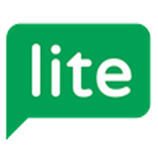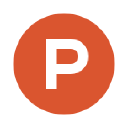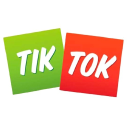How I Built An Airtable Plugin That Lets Users Manage Their Data Better [$270K/Year]
Hello! Who are you and what business did you start?
Hi! My name is Andy Cloke and I am the founder of Data Fetcher. Data Fetcher is a way to import data from anywhere into Airtable. For anyone that hasn’t heard of Airtable, it’s basically Google Sheets on steroids. It lets you visualize and manage your data in amazing ways, but sometimes it’s hard to get the data you need into it in the first place. That’s where Data Fetcher comes in!
My customers are all Airtable users but their use cases are very varied. Many are importing financial (stock prices, exchange rates) data, cryptocurrency prices, or marketing (e.g. Google Analytics) metrics. I also have a customer connecting to a vineyard CRM and another importing sewing patterns from a sewing social network called Ravelry! People have connected to over 1000 different applications using Data Fetcher. The way my friend described it recently was ‘the long tail is much longer than you think’.
Just over a year after launching, Data Fetcher has reached 190 paying customers and $6500 in MRR. I’m really happy with this consistent growth and it...

Download the report and join our email newsletter packed with business ideas and money-making opportunities, backed by real-life case studies.

Download the report and join our email newsletter packed with business ideas and money-making opportunities, backed by real-life case studies.

Download the report and join our email newsletter packed with business ideas and money-making opportunities, backed by real-life case studies.

Download the report and join our email newsletter packed with business ideas and money-making opportunities, backed by real-life case studies.

Download the report and join our email newsletter packed with business ideas and money-making opportunities, backed by real-life case studies.

Download the report and join our email newsletter packed with business ideas and money-making opportunities, backed by real-life case studies.

Download the report and join our email newsletter packed with business ideas and money-making opportunities, backed by real-life case studies.

Download the report and join our email newsletter packed with business ideas and money-making opportunities, backed by real-life case studies.



















